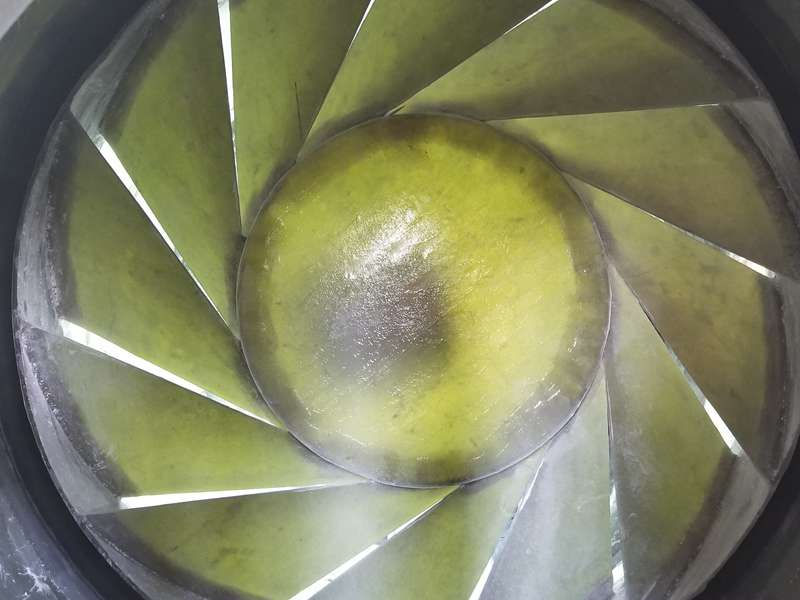
-
 Afrikaans
Afrikaans -
 Albanian
Albanian -
 Amharic
Amharic -
 Arabic
Arabic -
 Armenian
Armenian -
 Azerbaijani
Azerbaijani -
 Basque
Basque -
 Belarusian
Belarusian -
 Bengali
Bengali -
 Bosnian
Bosnian -
 Bulgarian
Bulgarian -
 Catalan
Catalan -
 Cebuano
Cebuano -
 China
China -
 China (Taiwan)
China (Taiwan) -
 Corsican
Corsican -
 Croatian
Croatian -
 Czech
Czech -
 Danish
Danish -
 Dutch
Dutch -
 English
English -
 Esperanto
Esperanto -
 Estonian
Estonian -
 Finnish
Finnish -
 French
French -
 Frisian
Frisian -
 Galician
Galician -
 Georgian
Georgian -
 German
German -
 Greek
Greek -
 Gujarati
Gujarati -
 Haitian Creole
Haitian Creole -
 hausa
hausa -
 hawaiian
hawaiian -
 Hebrew
Hebrew -
 Hindi
Hindi -
 Miao
Miao -
 Hungarian
Hungarian -
 Icelandic
Icelandic -
 igbo
igbo -
 Indonesian
Indonesian -
 irish
irish -
 Italian
Italian -
 Japanese
Japanese -
 Javanese
Javanese -
 Kannada
Kannada -
 kazakh
kazakh -
 Khmer
Khmer -
 Rwandese
Rwandese -
 Korean
Korean -
 Kurdish
Kurdish -
 Kyrgyz
Kyrgyz -
 Lao
Lao -
 Latin
Latin -
 Latvian
Latvian -
 Lithuanian
Lithuanian -
 Luxembourgish
Luxembourgish -
 Macedonian
Macedonian -
 Malgashi
Malgashi -
 Malay
Malay -
 Malayalam
Malayalam -
 Maltese
Maltese -
 Maori
Maori -
 Marathi
Marathi -
 Mongolian
Mongolian -
 Myanmar
Myanmar -
 Nepali
Nepali -
 Norwegian
Norwegian -
 Norwegian
Norwegian -
 Occitan
Occitan -
 Pashto
Pashto -
 Persian
Persian -
 Polish
Polish -
 Portuguese
Portuguese -
 Punjabi
Punjabi -
 Romanian
Romanian -
 Russian
Russian -
 Samoan
Samoan -
 Scottish Gaelic
Scottish Gaelic -
 Serbian
Serbian -
 Sesotho
Sesotho -
 Shona
Shona -
 Sindhi
Sindhi -
 Sinhala
Sinhala -
 Slovak
Slovak -
 Slovenian
Slovenian -
 Somali
Somali -
 Spanish
Spanish -
 Sundanese
Sundanese -
 Swahili
Swahili -
 Swedish
Swedish -
 Tagalog
Tagalog -
 Tajik
Tajik -
 Tamil
Tamil -
 Tatar
Tatar -
 Telugu
Telugu -
 Thai
Thai -
 Turkish
Turkish -
 Turkmen
Turkmen -
 Ukrainian
Ukrainian -
 Urdu
Urdu -
 Uighur
Uighur -
 Uzbek
Uzbek -
 Vietnamese
Vietnamese -
 Welsh
Welsh -
 Bantu
Bantu -
 Yiddish
Yiddish -
 Yoruba
Yoruba -
 Zulu
Zulu
grp chemical tank
The Importance of Composite GRP Chemical Tanks in Industrial Applications
In the modern industrial landscape, the storage and handling of chemicals are critical aspects of operational safety and efficiency. One of the most innovative solutions for these needs is the Glass Reinforced Plastic (GRP) chemical tank. With unique properties and advantages, GRP tanks have become increasingly popular across various sectors, including chemical manufacturing, wastewater management, and agricultural applications.
The Importance of Composite GRP Chemical Tanks in Industrial Applications
Safety is paramount in industries that handle hazardous chemicals. The construction of GRP tanks includes features tailored to mitigate risks. For instance, they can be designed with double containment systems, providing an extra layer of security against leaks or spills. Furthermore, their smooth surfaces reduce the risk of bacterial growth, making them suitable for potable water applications. By adhering to stringent regulatory standards, GRP tanks offer peace of mind to operators and stakeholders alike.
grp chemical tank

Another significant advantage of GRP chemical tanks is their design versatility. They can be molded into a variety of shapes and sizes, accommodating specific site requirements and storage capacities. This flexibility allows for efficient space utilization, particularly in facilities where real estate is at a premium. Additionally, GRP tanks can be installed both above and below ground, providing further options for industrial setups.
Cost-effectiveness is also an important consideration. Although the initial investment for GRP tanks may be higher than some traditional materials, their long lifespan and minimal maintenance requirements result in lower total ownership costs over time. The lightweight nature of GRP also means reduced transportation and handling expenses, making them a financially sound choice for many businesses.
In conclusion, GRP chemical tanks represent a significant advancement in the safe and efficient storage of chemicals. Their corrosion resistance, safety features, design flexibility, and overall cost-effectiveness make them an optimal choice for industries engaged in the handling of hazardous materials. As industries continue to evolve and demand more robust storage solutions, the adoption of GRP tanks is expected to grow, supporting safer and more sustainable practices in chemical management.
Latest news
-
High-Quality Fiberglass Car Bodies Durable GRP Car & Boat Body SolutionsNewsJul.08,2025
-
High-Quality Fiberglass Dual Lamination Product Manufacturer Durable FRP & GRP Dual Lamination SolutionsNewsJul.08,2025
-
Rectangular Tank with Dimensions for GRP Calculation Custom Fiberglass GRP Rectangular TanksNewsJul.07,2025
-
High-Quality Fiberglass Weir Custom FRP Weir & Fiberglass Tanks ManufacturerNewsJul.07,2025
-
CPVC FRP Pipe A Reliable Choice for Industrial Applications High Strength & Corrosion ResistanceNewsJul.07,2025
-
Fiberglass Scrubber for Effective Cleaning and Stain Removal – Superior Performance in Various ApplicationsNewsJul.06,2025









